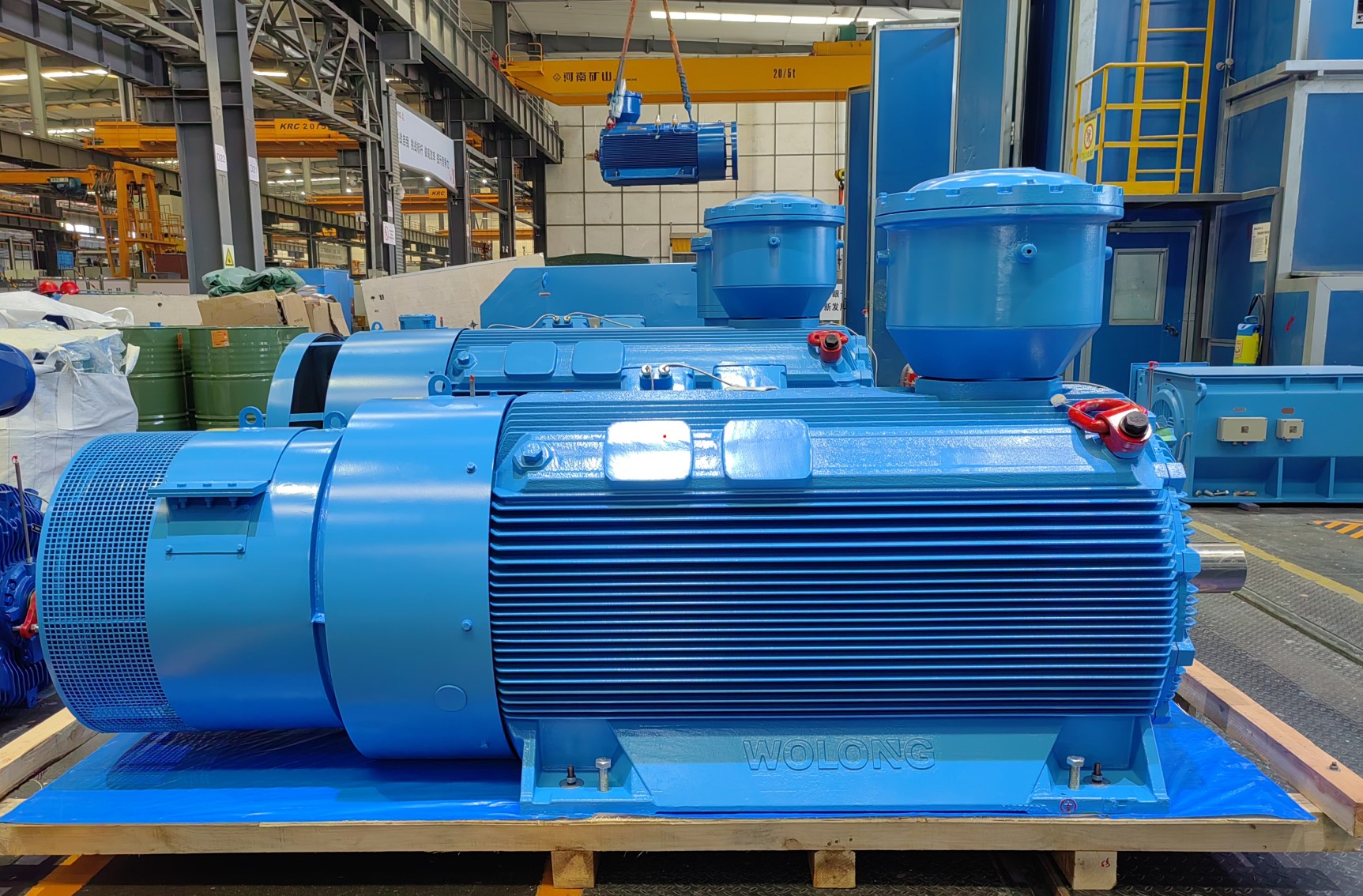The stator core is a key component of the motor and significantly affects the overall performance and efficiency of the motor. Among various designs, pull-back bolt construction and through-bolt construction are two common configurations that affect the operating characteristics of Electric motor TEFC.
Back-pull bolt structure design facilitates assembly and maintenance. This configuration allows access to the bolts from the back of the stator, minimizing the risk of core damage during installation or repair. However, this design may cause uneven stress distribution on the stator core, which may affect the magnetic flux and thus the efficiency of the motor. Uneven stress can also lead to increased vibration and noise, which is undesirable in many applications.
In contrast, through-bolt construction provides a more robust solution. By threading the bolts through the core, this design ensures a more even clamping force on the stator. This uniformity helps maintain the integrity of the magnetic circuit, thereby increasing efficiency and reducing losses. Additionally, the through-core construction enhances the motor’s thermal management as it allows for better heat dissipation, which is crucial to maintaining optimal performance.
The choice between these two constructions can significantly affect the motor’s torque, speed and overall reliability. A well-designed stator core structure not only improves the performance of the motor, but also extends its service life by reducing wear.
Whether back-pull or through-bolt configuration—plays a critical role in determining the efficiency, reliability, and operating characteristics of a 3 phase electric ac motor. Understanding these differences is critical for engineers and designers aiming to optimize motor performance for a variety of applications.
Post time: Oct-18-2024


